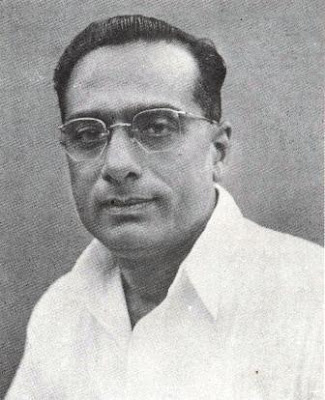
Ever since Cinema, was invented in 1895 by the Lumiere brothers it has always served various other purposes than just entertaining. In a way they have helped in bringing about social change, promoted a number of worthy causes, educated people and served as a Time Capsule. In this I mean they helped us understand how the people of that era lived. Well researched films of the West have helped in all of us imagining how the Pharoes of Egypt lived, How the Romans in Caesar’s day behaved, the Greeks treated Helen of Troy, early American Indians felt and what their customs were, What happened during the two great revolutions the French and the American, The American Civil War and the great Wars. They not only showed us in graphic detail how History was made but also how people felt and reacted. Their Costumes and Customs. All this is possible if the makers of the movies have taken care to be historically accurate and did their research accurately. The Cinema Camera has recorded all this, but when it moves out of the confines of a created Set but moves into an actual City, then it captures the City as it was that day. In recent years we have the benefit (?) of computer animation that we may not be able to believe all that we see. However the films made in the past have truly reflected the city and the society of the era.

In India films started in the early 1900s with Phalke making his Raja Harischandra. In the South the first feature length film Keechaka Vadham was made by Nataraja Mudaliar in Chennai. The first 20 odd years saw films being silent and more than 95 percent of them were based on mythology or the lives of great Saints like Kabirdas and Meera. To recreate this, the movie makers took Literature and Fine Arts as a source of Information. Sculptures and Paintings like those found in Temples were used to help them visualize the mythological characters. Paintings by modern masters like Raja Ravi Varma were a great influence. By the mid 1930s films began to talk and then “social” film also began to become popular fare for the public. Till our Independence from the British , films have had a subtle message for the people. In a few cases the message was not so subtle leaving the film maker to face the consequences. In all these cases these films served to educate the masses, move them, and served as agents of social change. Many films spoke of issues that were of great importance then like caste, poverty, landlessness, unemployment, abuse of power, women’s rights and widow remarriage to name just a few. From the early Mythologicals and Saint Bio Pics the Indian film Industry has come a long way. In this process the film camera has also captured the lives of people and more importantly the City in which it was shot. After the first showing of the “moving” picture was done at the Victoria Public hall in Chennai , one Swamikannu Vincent , went about exhibiting this “curiosity” all over. His pioneering efforts paved the way for people to start liking this form of entertainment.

He was a relative of the great Stage Personality Sambandha Mudaliar. When Nataraja Mudaliar was in search of a subject for the first film, it was Sambandha Mudaliar who suggested this small episode from the Mahabharatham. The reason was it has the necessary emotional content (sentiment) especially when Draupadi bemoans her fate , that even though she was blessed with not one but five husbands still , no one was able to save her from the molestations of the evil “Keechaka”. It has the sensual element ( the stamy part) in Keechaka’s attempts and also the much sought after action ( the actual fight between Bheema and the Villain). It is therefore no wonder that this successful formula has remained with us for nearly a century. His relatives were all against him shooting this “inauspicious” subject matter for his maiden venture. Nataraja Mudaliar completed the film at a cost of Rs. 35,000. Raju mudaliar a stage actor played the role of keechaka while Jeevaratnam played sairandhari.


Be First to Comment